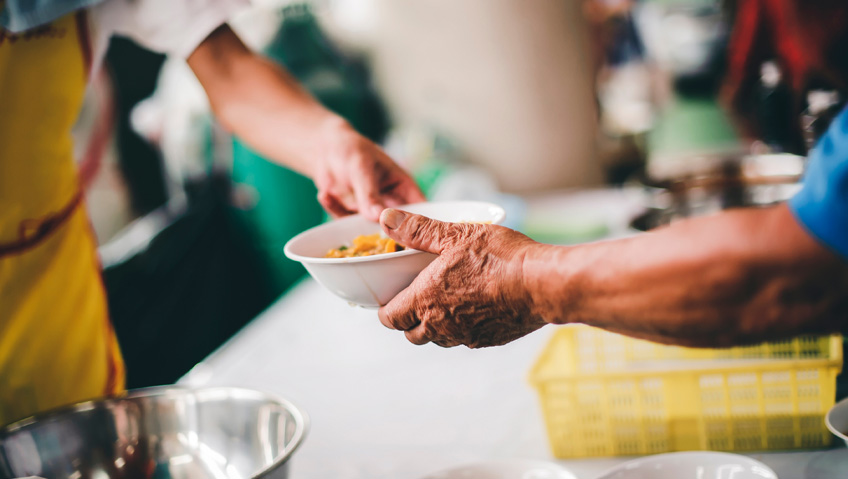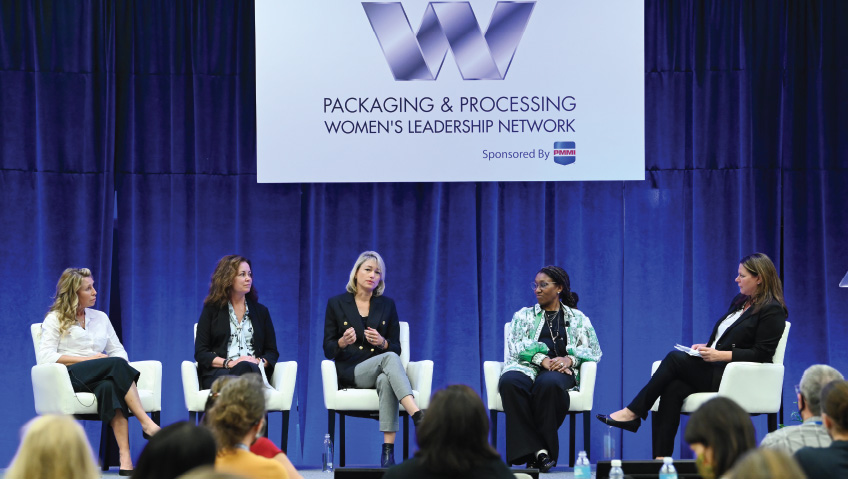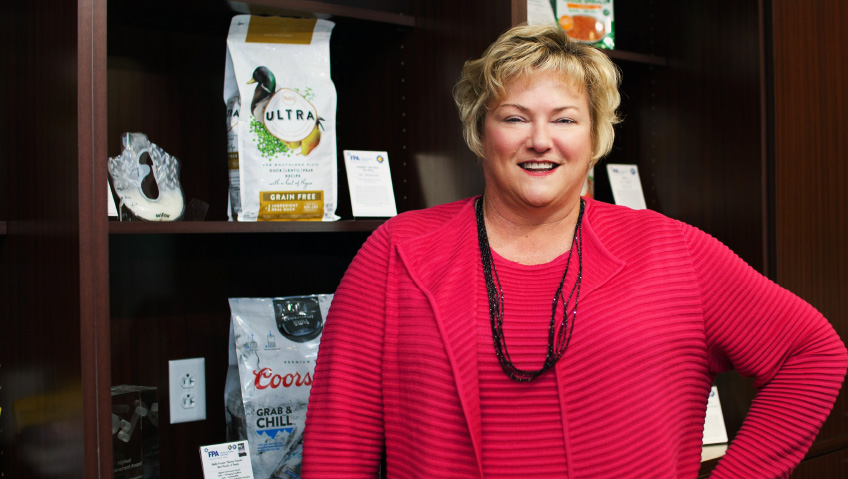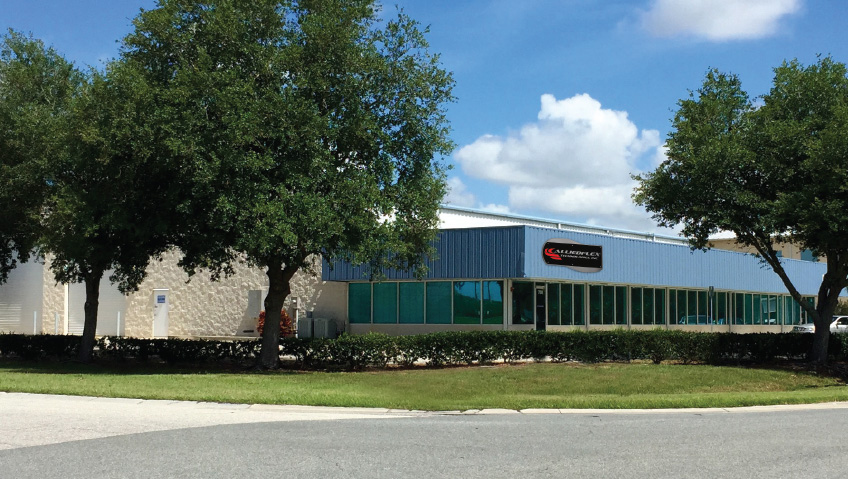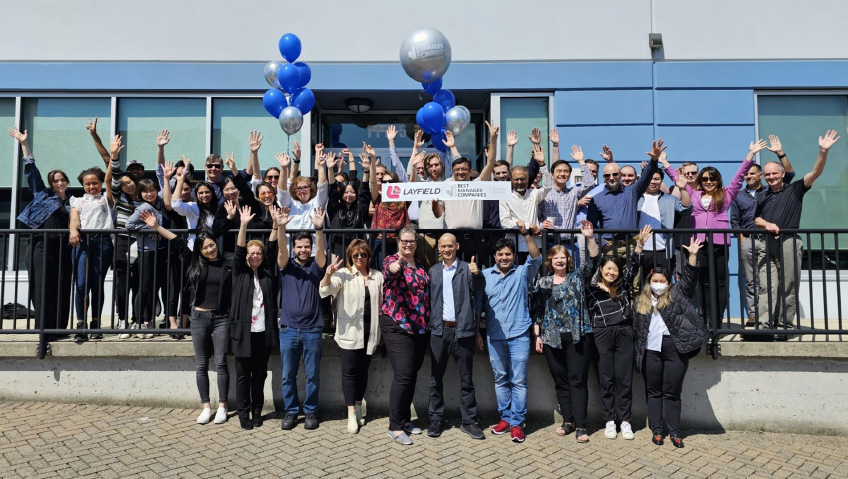Ten billion is a really big number. It’s also the projected population of the planet by 2050 according to the United Nations.
That is an increase of two billion over our current population and, according to the World Resources Institute, food production needs to increase 70 percent by 2050 to feed people around the globe.
Given that we are already having problems feeding people, food security is becoming more of a mounting concern. Food security is the term used to describe having access to sufficient, safe, and nutritious food that meets one’s dietary needs and preferences for a healthy life. And while many of us take the notion for food security for granted, it is far from a guaranteed state, even for people living in the wealthiest of countries. With the rapid increase in food prices, more people are struggling. Food banks and other programs that serve Canadians who are vulnerable are expected to support 60 percent more people per month in 2023 than in 2022—this from a report by Second Harvest, a national program that rescues food that might end up in landfills and gives it to people in need.
While most people think of Canada as wealthy, stable, and secure, as many as 5.8 million people, including 1.4 million children, lived in food-insecure households in 2021, says data from Statistics Canada’s Canadian Income Survey.
World events have also changed and have reduced food security for many. COVID-19 and the war in Ukraine have disrupted longstanding food supply chains. The war has cut the world’s wheat supply by 10 percent, corn by 15 percent and sunflower oil by as much as 50 percent, according to the United Nations. This, combined with inflation, has also driven up the price of food around the world.
There are also countries that are developing but unable to produce the quantities of food needed to feed their growing populations.
What’s the answer? Well, it’s multi-faceted, but calls for innovation in sectors like food manufacturing and farming.
Syngenta Canada in Calgary, Alberta is a leading agri-tech company that is working to improve food security. Trevor Heck, President of Syngenta, sees his company and the larger industry as a potential solution for food security issues. “Our sector can contribute significantly to food security through innovative technologies that ensure farmers can continue to increase crop yields sustainably and protect our food supply,” he told The Globe and Mail.
Science-based agricultural tools and technology help farmers produce greater yield per acre, combat the effects of climate change like severe weather events, and offset the diminishing land available for farming. And Heck says that research shows that without plant science advances, prices for food staples would be 45 percent higher. “When weeds, diseases and insects are uncontrolled in a field, they can devastate entire crops. Plant science helps us to combat these pests, resulting in reduced food loss from farm to table,” said Heck.
Such advances include new products that improve the water productivity of plants and boost tolerance to drought and heat. Other technologies support fewer inputs and reduce greenhouse gas emissions.
Food production becomes especially complicated when disaster strikes, such as droughts and floods. To be ready for an emergency, organizations like the World Food Programme, a UN group that provides food aid to countries in need, buys food in advance without knowing where it might end up. Food is stored in strategic hubs, ready for transport to supply impacted areas around the world.
Virginia Siebenrok from the World Food Programme talks about balancing food safety and food security concerns in Food Safety News. “We have a very long and fragmented supply chain,” she says. “One example is a specialized nutritious food that has about 18 months of shelf life. It is produced in the U.S. and transported overseas to one of our hubs in Togo. This trip takes a month.” From there, the food is trucked 20 days through three countries to reach its destination. “You can imagine the challenges we have in terms of transportation, maintaining shelf life, nutritional aspects, and the trade barriers we may encounter.”
These challenges will only persist as more and more people live in increasingly unpredictable environments brought about by climate change. On that note, one of the most significant contributors to food security is the food manufacturing and processing industry. Advancements in the sector over the past 20 years have made a difference, such as traceability in the food supply chain as well as improvements in how foods are produced.
In addition, food processing has reduced pathogens and microbes that break down foods and nutrients. Research in the industry is also working to extend the shelf life and safety of food without the excessive use of salt and sugars, which are generally linked to negative health impacts. And now with recent research tools like metabolomics, which measures molecules and their activity, the effect of processing of foods can be assessed and negative impacts reduced, while improving durability and shelf life.
Another seemingly unlikely, but interesting, tool that can have a future impact on food production is 3D printing.
People continue to push what’s possible in 3D printing, and now this technology is entering the kitchen. Engineers from Columbia University ran a study to print a seven-ingredient vegan cheesecake using a 3D printer and laser technology. “Usually with printing you think of an industrial process,” study co-author Jonathan Blutinger told CNN. “But it’s important to realize this is no different than cooking except instead of chopping up ingredients, it is basically assembling them in paste form.” For the record, they printed the cheesecake in a couple of different flavours, including cherry and banana.
The implication of this experiment and others is that 3D printers may be able to assemble food when needed, much like coffee makers can now make drinks based on the pods you insert. This can also help those emergency situations where food is needed but is hard to ship.
Food fortification is another way to get more nutrients out of more foods, which is about adding micronutrients like vitamins and minerals to foods.
A great example of this comes from MIT where scientists have added vitamin A encased in a polymer capsule to commonly used ingredients like flour, and they have found that the vitamin survived in storage and through the cooking process to provide the vitamin in useful amounts to people. “Vitamin A is a very important micronutrient but it’s an unstable molecule,” said Ana Jaklenac, senior author of the MIT study. “We wanted to see if our encapsulated vitamin A could fortify a food vehicle like bouillon cubes or flour, throughout storage and cooking, and whether the vitamin A could remain biologically active and be absorbed.”
These innovations and discoveries may be a huge boon in the future, but there is also a driving need to make changes in how our food is grown, and to start making those changes now because the demand for food is already on the rise.
The problem is, while agriculture feeds us, it is associated with up to 15 percent of global greenhouse gas emissions. The ongoing population growth of the planet further complicates this because more emissions will be pumped into the atmosphere from farming—but these emissions fluctuate depending on the food that is grown.
That’s the principle behind regenerative agriculture, which is a term we’ll likely hear more of. It’s a system of farming that increases biodiversity, enriches soils, and improves watersheds, working in harmony with the natural ecosystem. Practices include no-till farming and cover cropping, where plants are planted not for harvest, but to cover the soil from the elements, reduce soil erosion, and return nutrients to the soil. This lets the soil rest and regenerate for planting a food crop in future.
Like regenerative agriculture methods, vertical farming has been around for a while but is slowly scaling up to widespread use. As the name implies, rather than huge fields spread out across the countryside, rows of crops are stacked above one another. And instead of planting crops in the ground, hydroponics are used alongside with aquaponics and aeroponics.
While there are a number of variations of vertical farms, virtually all are self-contained, providing light, air, heat, and water as needed. In fact, astronauts are growing their own veggies like cabbage and kale in soil-less systems on the International Space Station. But to create this kind of environment, there are costs and there are limitations as to what can be grown easily, namely non-flowering crops or those pollinated through wind.
But the biggest change may take place through the more than 500 million small-hold farms worldwide that account for the widest range of diversity in the food supply. Because they are independent, little information is available about their impact on the larger agri-food system. By gathering and harnessing data through mobile devices, field sensors, satellites, and drones, data provided directly by farmers could bring more coordinated efforts for farmers to work with each other and solve the global food supply in a collective capacity. Much like the latest data-driven revolution in manufacturing, this data-based approach can also lead to new revolutions in agriculture, especially for emerging countries in regions like sub-Saharan Africa and India.
There is no one solution to sustaining and improving food security for the world’s growing population. Innovations in food manufacturing and agriculture will be the way forward. And cheesecake by 3D printer may prove just as tasty as the bakery favourite.

